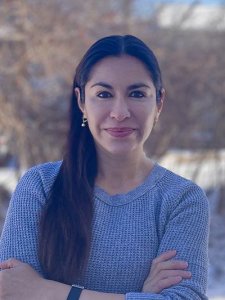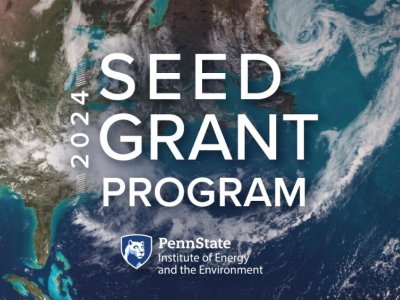
In the last twenty years, the extractive frontier in the Amazon rainforest has expanded at an unprecedented rate. In the Ecuadorian Amazon, the effects of oil extraction and concomitant deforestation are affecting delicate ecosystems such as the Yasuní National Park, one of two of the most biodiverse places on Earth. The extractive frontier expansion is accompanied by nation-state efforts to weaken Indigenous people’s ability to monitor and exercise control over ancestral territories, decreasing on-the-ground efforts to protect the Amazon rainforest. This novel proposal integrates environmental science with Indigenous epistemology to co-produce an assessment of water and soil contamination by toxic chemicals associated with oil extraction in the Yasuní National Park.
This is the first systemic environmental assessment conducted inside Yasuní that integrates science with local Indigenous knowledge to provide Indigenous communities with the tools to contest and resist extraction. This high-risk, high-reward project is a necessary proof of concept that, if successful, will enable the scale-up and implementation of strategies that integrate forest biology, environmental monitoring, and human health research for the protection of larger areas of the Amazon rainforest, simultaneously safeguarding biodiversity, reducing deforestation, and preventing carbon emissions. The methods explored in this work include a unique combination of body-territory mapping with Western cartography and environmental science. Body-territory is an Indigenous epistemology that understands Indigenous bodies as a material fabric intertwined with that of the forest. Thus, forest degradation is felt and embodied. Body-territory mapping methods integrate Indigenous worldviews that understand environmental contamination as a phenomenon experienced by a continuum of human bodies and the forest. We will use body-territory mapping techniques with three Indigenous communities directly affected by oil extraction in blocks 12 and 43. Our goal is to collect and spatially map water and soil samples guided by Indigenous perceptions of contamination and to conduct preliminary risk-assessment calculations to estimate the increased cancer risk from exposure to measured contaminant concentrations.
This will be accomplished by first identifying locations of probable contamination using body-territory mapping combined with water quality analysis using semi-quantitative field test kits. Subsequently, locations with identified contamination will be confirmed by collecting and preserving additional water and soil samples and returning them to a certified laboratory for quantification of total petroleum hydrocarbons (TPH). Since hydrocarbons can biologically degrade over time, per- and polyfluoroalkyl substances (PFAS) will also be screened as an indicator of potential contamination by oil extraction fluids. PFAS, known as “forever chemicals,” are compounds commonly used in oil and drilling operations, are particularly stable in the environment, are known to bioaccumulate in fish and wildlife, and are implicated with serious human health risks. To the best of our knowledge, this study will be the first to monitor both TPH and PFAS contamination in the Yasuní National Park.
Researchers
Rachel Brennan








